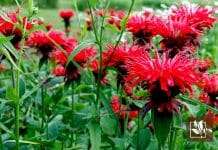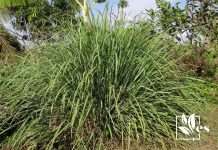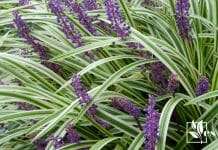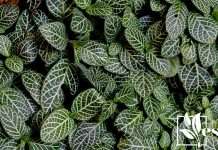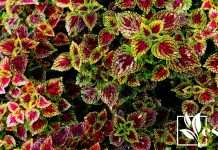- When to Plant Corn in San Diego: Optimal Seasons and Tips - July 19, 2024
- When to Plant Hydrangeas in Illinois: Best Timing for Optimal Growth - July 19, 2024
- Why Are My Radishes Growing Above Ground: Uncovering the Causes - July 19, 2024
What plants look good with crotons knowledge is very useful, as you can easily grow the best croton companion plants in your garden – such as pentas and even Victoria blue salvia of the Lamiaceae family.
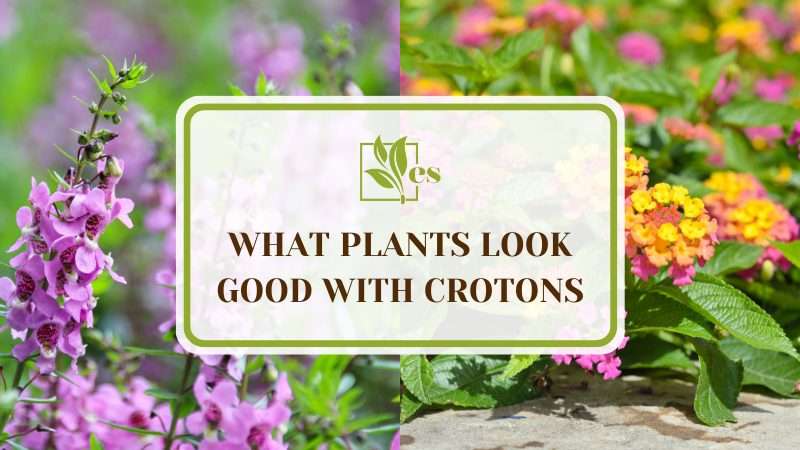
Most of these plants are compatible with crotons when you consider their colors, leaf texture, or growing requirements. Read this article to learn the best plants to grow with crotons.
JUMP TO TOPIC
Most Beautiful Plants That Look Good With Crotons
1. Pentas
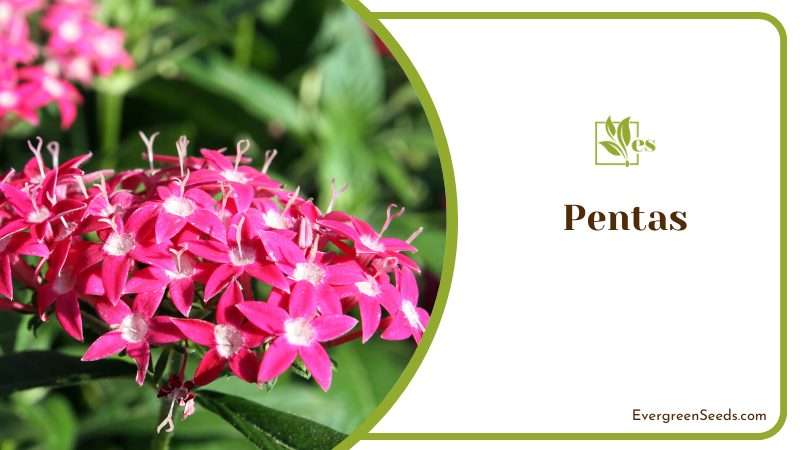
| Plant Specifications |
|
| Bloom |
|
| Care Requirements |
|
| Common Pests |
|
Pentas are popular tropical plants that people grow because of their flowers and for landscaping.
These shrubs have flowers with five petals, so they are called “pentas.” Their flowers come in different colors according to the variety, but you are sure that they will match your crotons and other plants in the garden.
You can grow pentas with a croton plant outdoors, you just need to make sure that you select a variety with flower colors that match your crotons.
Pentas grow disorderly in size and shape, so they need regular pruning if you want them to stay beautiful. When they are young, they need regular water. However, you do not need to water them when they are matured.
2. Angelonia
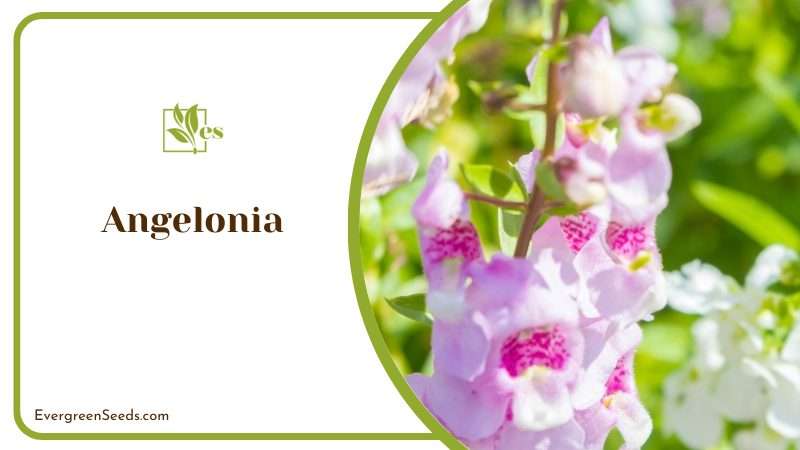
| Plant Specifications |
|
| Bloom |
|
| Care Requirements |
|
| Common Pests |
|
If your crotons have leaves with touches of blue, purple, or other similar colors, you want to grow the Angelonia plant. This beautiful plant that produces tubular flowers can attract butterflies to your garden. You just need to space them carefully so that they do not cover your crotons.
Angelonia leaves are scented, as they have a subtle grape or apple-like scent. They are super easy to care for, as they are mostly free from pests. If you are growing Angelonia plants, you should water them two or three times weekly and ensure that you space them properly.
3. Rubber Plant
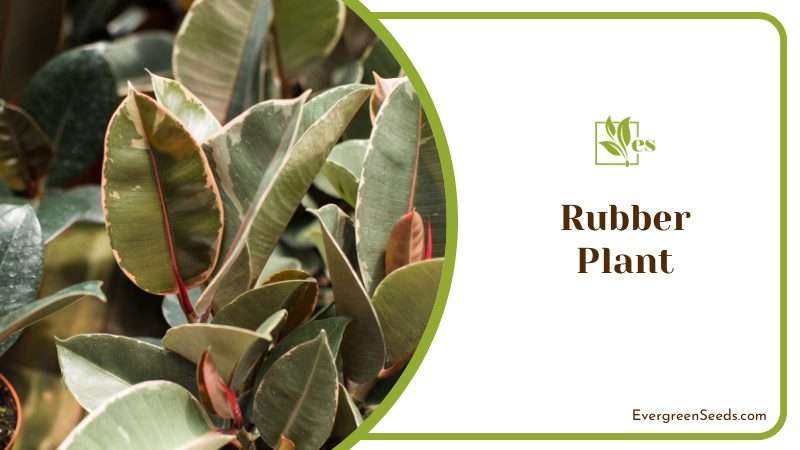
| Plant Specifications |
|
| Bloom |
|
| Care Requirements |
|
| Common Pests |
|
These are trees that originate from Southeast Asia and other tropical regions. Even though they are quick growers, you can surely grow your rubber plants as potted or even indoor plants. You just need to put their growth in check regularly. Rubber plants have thick and waxy leaves, so their appearance matches that of crotons.
You can grow rubber plants with any type of crotons, even dwarf crotons, as you can always prune the rubber plants so that their height matches that of the crotons. Note that if you want your rubber plant to grow tall, you may need to support its growth by using a stake or a long bamboo stem.
4. Philodendron
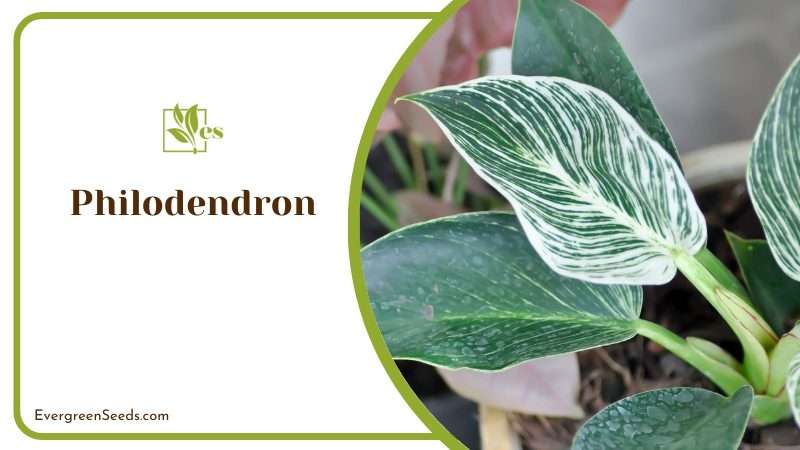
| Plant Specifications |
|
| Bloom |
|
| Care Requirements |
|
| Common Pests |
|
Just in case you need a background plant for your crotons, here is a great idea for you. If you can get the right color of leaves, crotons are very good plants and may not need companions.
However, it is always nice to have that green filling between plants, especially those with some touch of green in their leaves. This is where philodendron plants come in.
Philodendrons are large or small plants (according to the variety) that you can grow in the ground, in a pot, or hanging basket.
These plants also have thick leaves, so your garden will have a texture consistency. They are also very easy to care for, so you can get extra beauty in your garden with minimal effort.
5. Lantanas
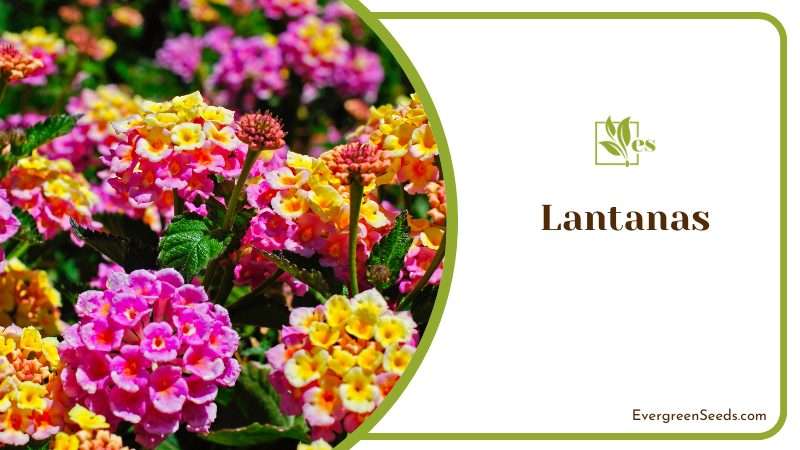
| Plant Specifications |
|
| Bloom |
|
| Care Requirements |
|
| Common Pests |
|
Looking for a plant with the most beautiful flowers? Here you go. This vine-like shrubby plant is suitable for outdoor gardening and you can even grow it in hanging pots to decorate your balconies if you want. The flowers with multiple colors match the leaves of crotons. They make great companions to the gold dust croton. However, they are a bit sensitive to water, so make sure to avoid overwatering your Lantanas!
6. Victoria Blue Salvia
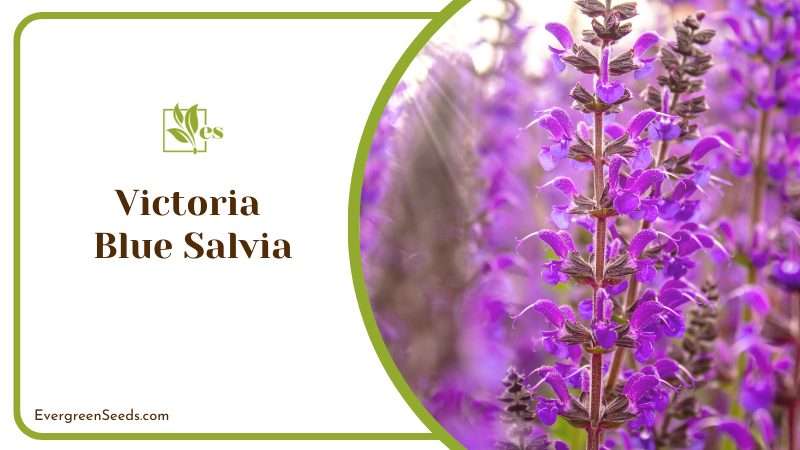
| Plant Specifications |
|
| Bloom |
|
| Care Requirements |
|
| Common Pests |
|
If you love salvia plants, you will surely love this one. Victoria blues produce intimately fragrant leaves that can attract butterflies in your garden. Their leaves are long, lance-like, glossy, and jagged.
You can grow salvias as annuals in North America and as perennials in warmer places. When growing them as companions of your crotons, consider growing them near mammy crotons.
When your Victoria blues are young, ensure that the soil never runs out of water. Also, you want to put their growth in check, as these plants grow out of control easily.
7. Yellow Golden Shrimp
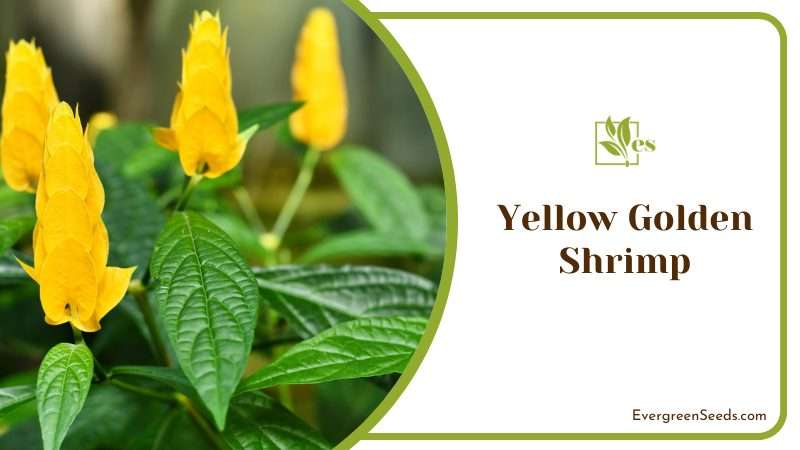
| Plant Specifications |
|
| Bloom |
|
| Care Requirements |
|
| Common Pests |
|
Just in case you need another plant that can compete with your crotons in terms of the most beautiful in your garden, here is a good example.
People usually grow golden shrimp plants because of their beautiful flower heads and their ability to flower throughout the year (so long as you have a good plant care technique).
These plants have a bushy appearance and may cover your crotons if you do not prune them regularly. Also, when pruning your crotons, try to keep their multicolored leaves that are slightly higher than the yellow golden shrimps, as the golden shrimps already have green leaves that may be covering the lower leaves of the crotons.


